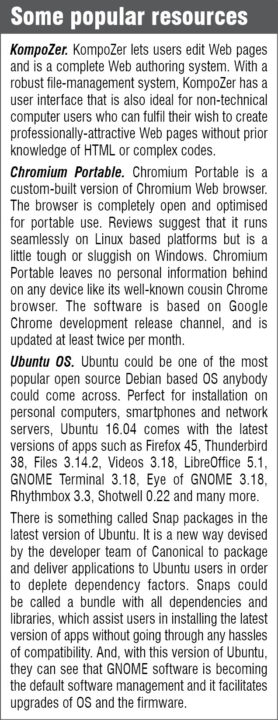Xcos
Distributed along Scilab, Xcos is a tool used to model and simulate hybrid dynamic systems. The user can model discrete as well as continuous, causal as well as acausal models on it along with being able to design, load, save, compile and simulate. Xcos makes the most-commonly-used blocks such as signal processing, electrical systems, thermo-hydraulic systems, mathematical operations and much more. There are also ways to import user-defined blocks that can be easily added to Xcos framework. This tool is flexible enough to handle all that.
OpenModelica
OpenModelica is an open source Modelica based  modelling and simulation environment intended for industrial and academic usage.The compiler used by OpenModelica converts objects from base Modelica code to C code. The user can use APIs that are freely available to interact with the system through Advanced Interactive OpenModelica Compiler. This is the crucial part of the package as it acts like the engine of the simulator.
modelling and simulation environment intended for industrial and academic usage.The compiler used by OpenModelica converts objects from base Modelica code to C code. The user can use APIs that are freely available to interact with the system through Advanced Interactive OpenModelica Compiler. This is the crucial part of the package as it acts like the engine of the simulator.
FreeCAD PCB
Printed circuit board (PCB) software are designed to enable rapid development of electronic schematics and PCB layouts. This enables beginners as well as advanced users to quickly move their ideas into physical PCBs, aiding in faster project development. FreeCAD-PCB allows users to import PCB boards to FreeCAD. The software supports many layers along with options to choose from various colours, names of layers and transparency. It also facilitates import of various Initial Graphics Exchange Specification (IGES) models with colours.
ScadaBR
ScadaBR is a Supervisory Control and Data Acquisition (SCADA) operating system (OS) with applications in process control and automation. It is being developed and distributed using the open source model. This software is aimed at supporting engineers with multiple use cases in the areas of industrial process automation, distribution networks, automation, land and residential applications. ScadaBR supports over 20 protocols of communication and is compatible with hardware of various manufacturing sectors.
Some interesting features that extend the functionality of this software are graphs and reporting, creation of edition screens (views/HMI), access control data and commands, revenue programming (scripting), alert alarms and events management, among others.
FreeRTOS real-time kernel
A real-time operating system (RTOS) is optimised for applications in embedded/real-time environments. The primary objective here is to ensure a prompt and timely response to events. FreeRTOS could become your one-stop-shop solution in the universe of RTOSes while dealing with microcontrollers and small microprocessors. The OS blends in with the hardware and is suited for any imaginable applications right from toys to aircrafts.
Each task in FreeRTOS could be assigned priority while the queuing methodology in the OS ensures that independent tasks are running and waiting tasks are equally managed. The real-time kernel featured in this OS is also responsible for task management, and inter-task communication and synchronisation, and it seamlessly handles such responsibilities in real-time.
Shanosh Kumar is technology journalist at EFY. He is BCA from Bangalore University, and MBA from Christ University, Bengaluru








